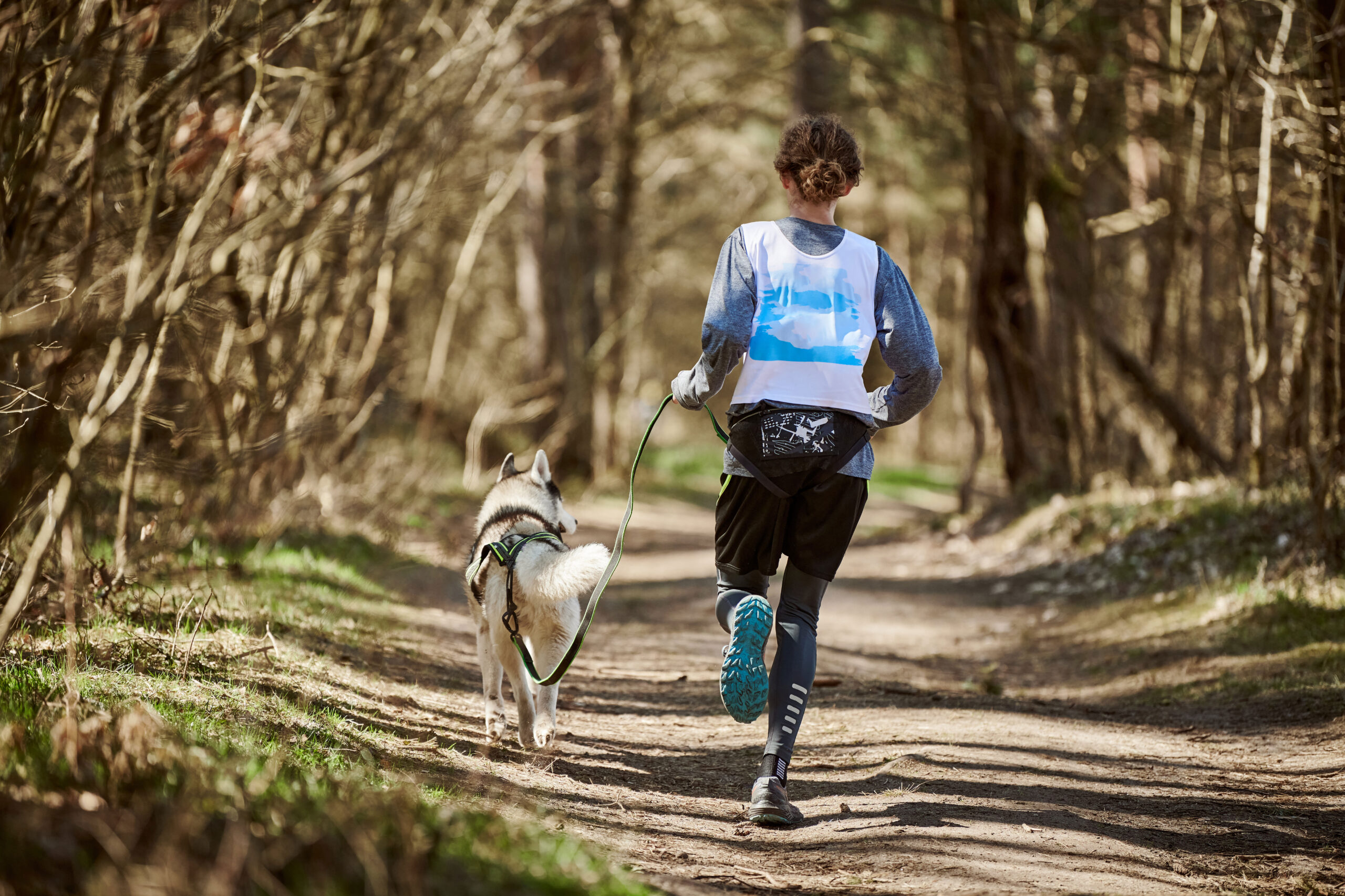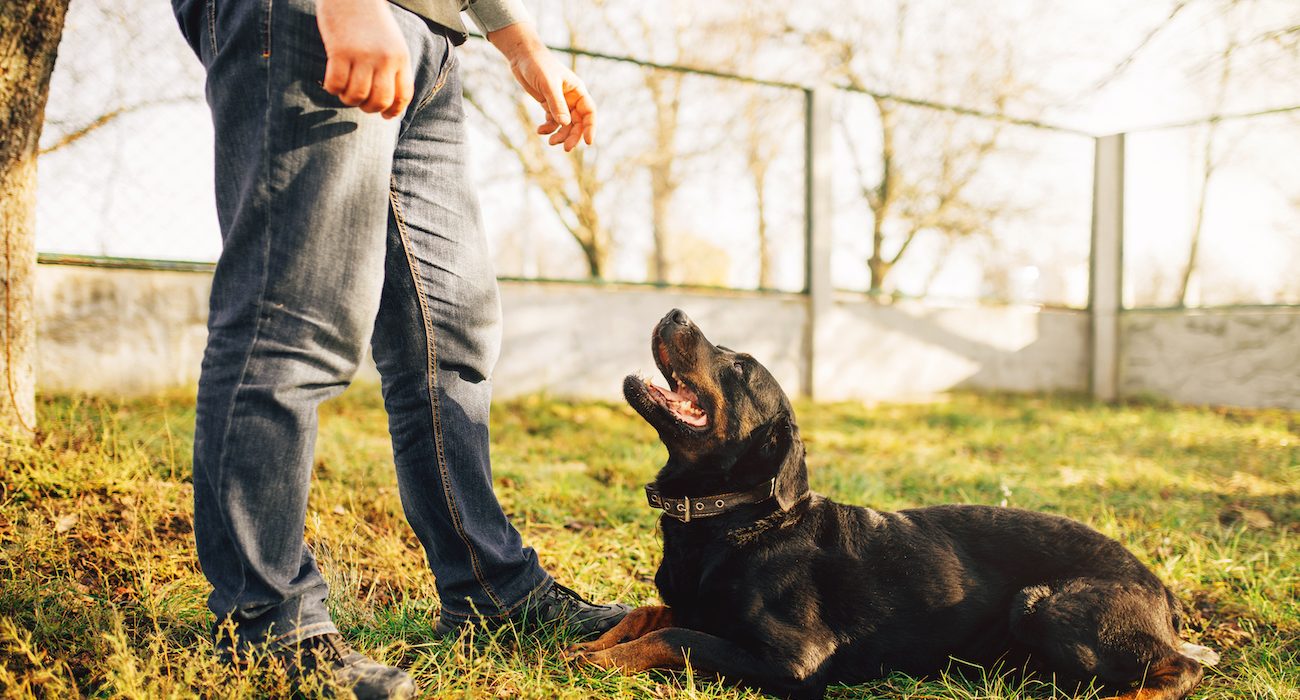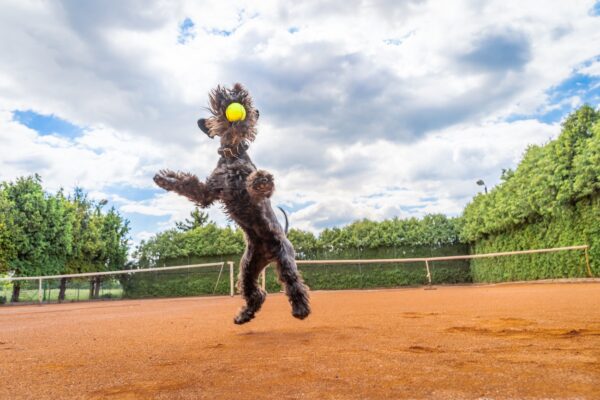This is accomplished by watching the dog’s body language and giving highly valued treats. Use our Adult Dog Body Handling Checklist to help guide you through this process.
Dogs must be desensitized and counter- conditioned to handling from familiar caretakers and with people who are unfamiliar to them. This might include people known to the caretakers who the dogs have not yet met. Note: Careful biosecurity precautions must be undertaken when introducing the dogs to new people and objects. This includes sanitization of surfaces and objects, fresh clothing, and foot baths.
1. Find at least three different types of treats / food the dog is excited to eat.
2. Chose a space where the dog is relaxed and comfortable.
3. Let the dog explore and engage as they feel comfortable.
4. Begin the handling protocol. Start with an easy/non-invasive task where the dog is comfortable, for example gently stoking the dog’s side or rubbing the chest.
5. Offer the dog high-value treats during the exposure to the handling. When the handling stops, the food goes away. Note: The dog does not need to earn these by behaving in any way, they are simply building the association that handling is good.
6. Monitor the dog’s behavior and body language for comfort (Learn more: Body Language Handout). If the dog is comfortable, you can slightly increase the duration or level of handling. If you notice that the dog is uncomfortable, go back to where they were comfortable. Note: If the dog’s comfort during handling sessions is not improving or is becoming more fearful, stop and consult your veterinarian.
7. Keep the handling sessions short and positive!
8. Always aim to end sessions on a positive note unless safety or welfare of those involved inhibits this. You want the dog to leave wanting more!
9. Begin your next session one step behind where the dog was last successful.






